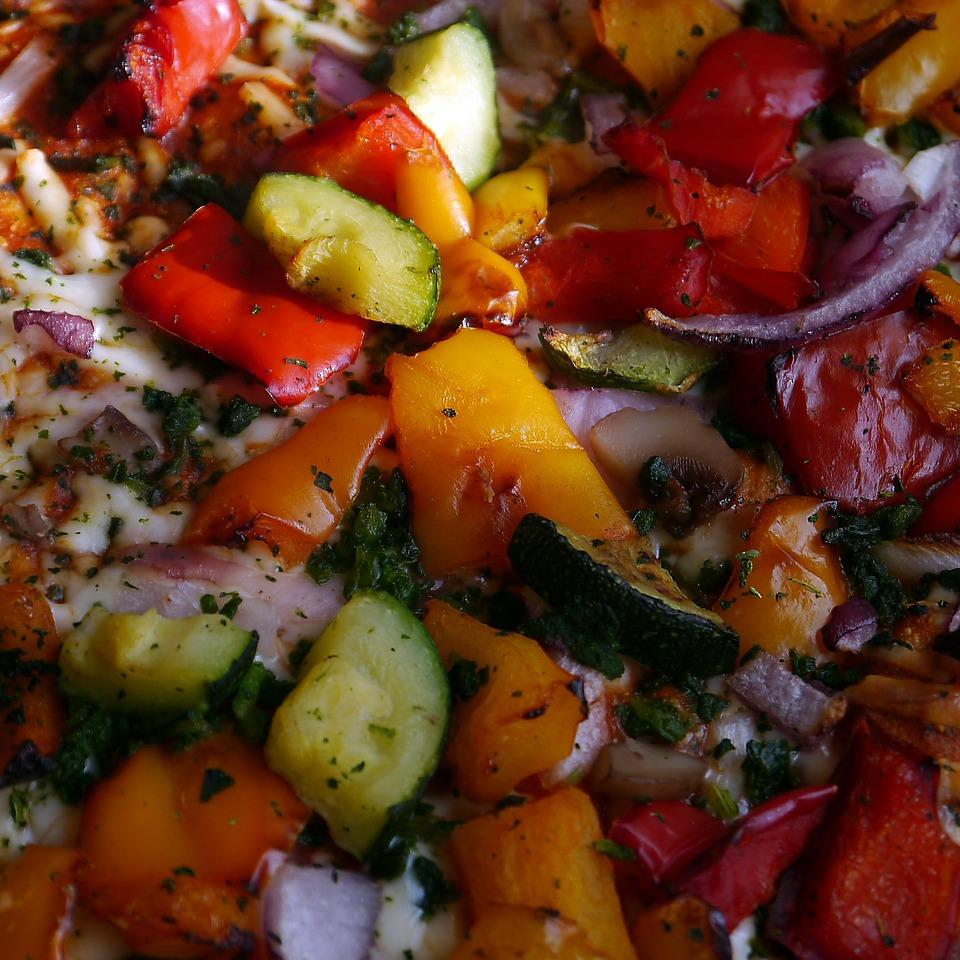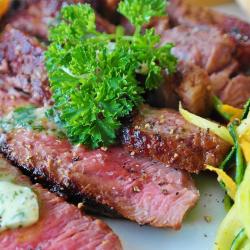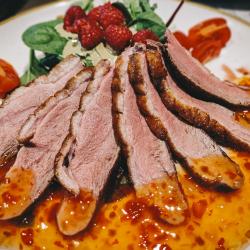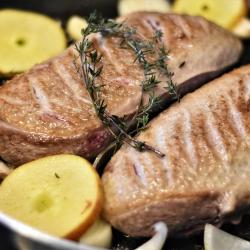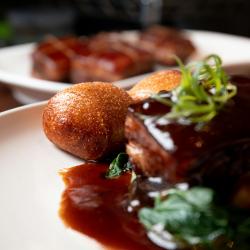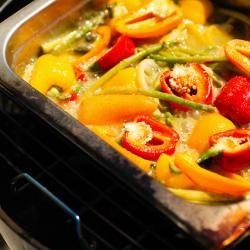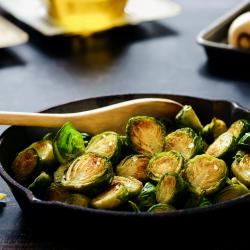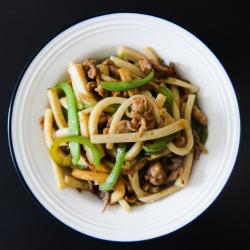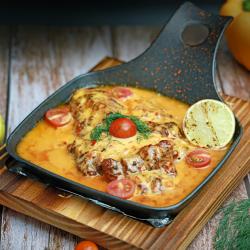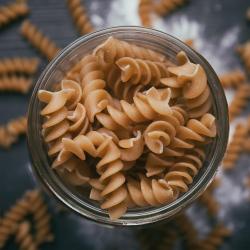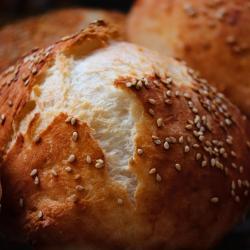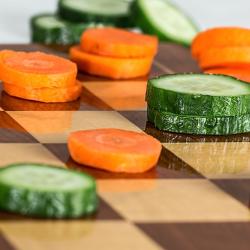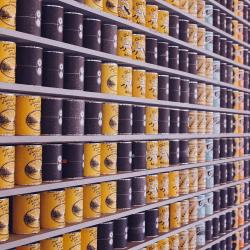Mastering the Art of Sautéing: Tips and Techniques
In the culinary world, sautéing stands as one of the most versatile and fundamental cooking techniques, essential for any aspiring home cook or seasoned chef. The word "sauté" is derived from the French word "sauter," meaning "to jump," perfectly encapsulating the small leaps and movements of food as it makes contact with the hot pan. This technique not only imparts tantalizing flavors but also creates delightful textures in dishes ranging from the simplest vegetable medleys to sophisticated gourmet creations. Here’s a guide to mastering the art of sautéing, ensuring every dish you create is perfectly cooked and bursting with flavor.
The Basics of Sautéing
Sautéing involves cooking food quickly in a small amount of oil or fat over relatively high heat. The process is all about speed, precision, and control. Unlike other methods, such as boiling or roasting, sautéing aims to achieve a golden-brown crust on the outside while keeping the inside tender and juicy.
Essential Tools
-
Skillet or Sauté Pan: A heavy-bottomed skillet or sauté pan with a wide, flat surface is ideal for even heat distribution. Non-stick pans can be useful for delicate items, but a stainless steel or cast iron pan is often preferred for achieving a better sear and caramelization.
-
Spatula or Tongs: Depending on what you're cooking, a spatula is essential for flipping food, while tongs are perfect for turning larger pieces.
-
Heat Source: Ensure your stovetop can provide consistent and adequate heat levels. Gas ranges are often preferred for quick heat adjustments, but electric and induction cooktops can work well with proper technique.
Ingredients and Preparations
-
Oil or Fat: The choice of fat affects both flavor and smoke point. Olive oil, butter, vegetable oil, or clarified butter (ghee) are common choices. Choose an option that won’t smoke at sautéing temperatures, usually around 350°F to 375°F (175°C to 190°C).
-
Uniform Cuts: Consistency is key. Cut ingredients into uniform sizes to ensure they cook evenly. This is crucial when sautéing mixed vegetables or proteins like chicken or tofu.
-
Dry Ingredients: Pat ingredients dry with paper towels to ensure a good sear and prevent steaming. Moisture on the surface of the food can cause oil to sputter and steam instead of sauté.
Techniques for Perfect Sautéing
-
Preheat the Pan: Begin by preheating your pan before adding oil. This ensures the food starts cooking immediately upon contact, forming that desirable sear.
-
Add Oil After Preheating: Once the pan is hot, add your oil or fat. It should shimmer but not smoke, indicating it’s ready for cooking.
-
Don’t Overcrowd the Pan: Give the food some breathing space. Crowding the pan causes the food to release moisture and steam rather than sauté, leading to a less flavorful result.
-
Control the Heat: Start with medium-high heat and adjust as necessary. If the pan becomes too hot, reduce to medium to prevent burning the exterior before cooking the interior.
-
Stirring and Tossing: Use a spatula or make a flick of the wrist to toss the food, ensuring even cooking on all sides. Stirring too frequently can release valuable juices and flavor, so strike a balance.
-
Season Towards the End: Adding herbs and spices towards the end maintains vibrant color and fresh flavor, as high heat can diminish them.
Advanced Tips
-
Deglazing: Use wine, broth, or even water to deglaze the pan after sautéing. This loosens flavorful browned bits (fond) on the bottom, creating a delicious pan sauce.
-
Searing: When sautéing proteins, let them sear undisturbed for the first few minutes to build a crust. Then, turn and finish cooking to the desired doneness.
-
Crossing Cultures: Experiment with ingredients from different cuisines. Add soy sauce, sesame oil, or balsamic vinegar for depth and variety.
Conclusion
Mastering sautéing is a blend of science and art, requiring practice and patience. With the right tools, ingredients, and technique, you can transform everyday ingredients into flavorful masterpieces with minimal effort. Whether you're preparing a quick weeknight dinner or a complex dish for a special occasion, sautéing offers endless possibilities to delight your taste buds. So fire up the sauté pan, and let the culinary adventures begin!
